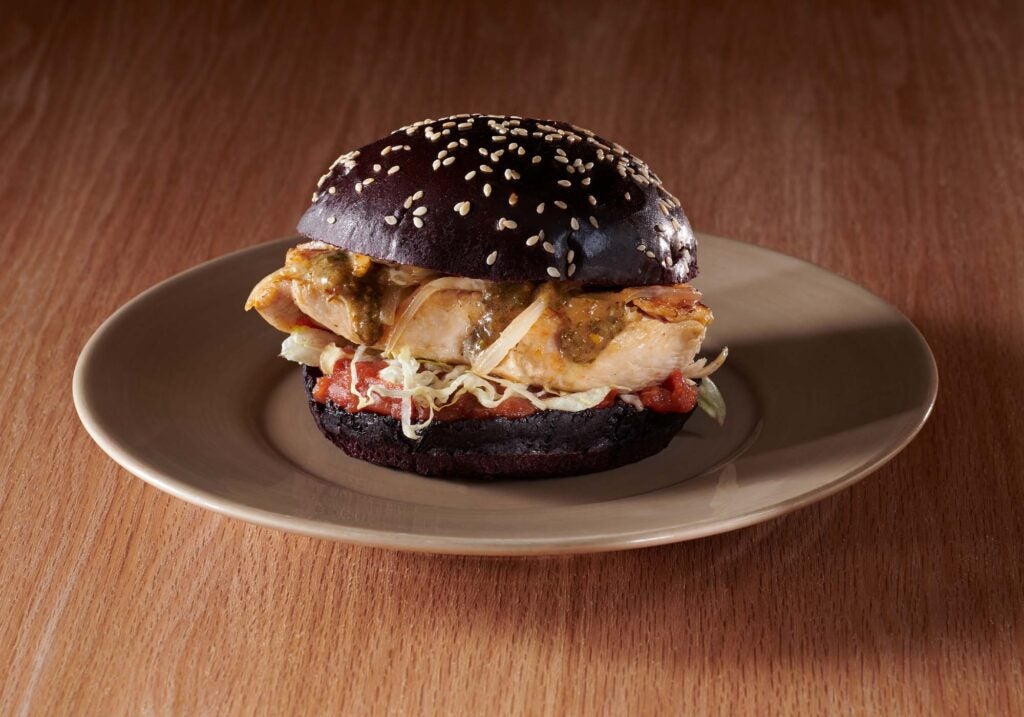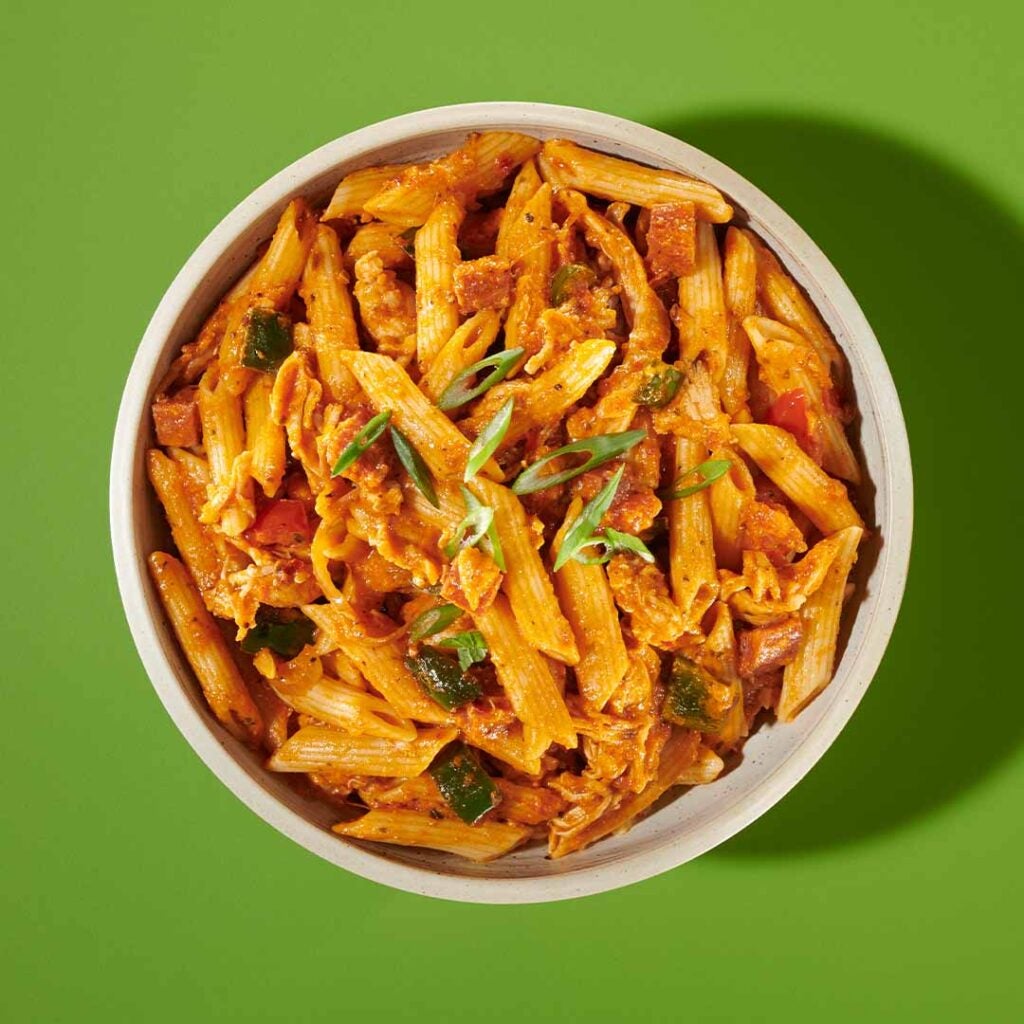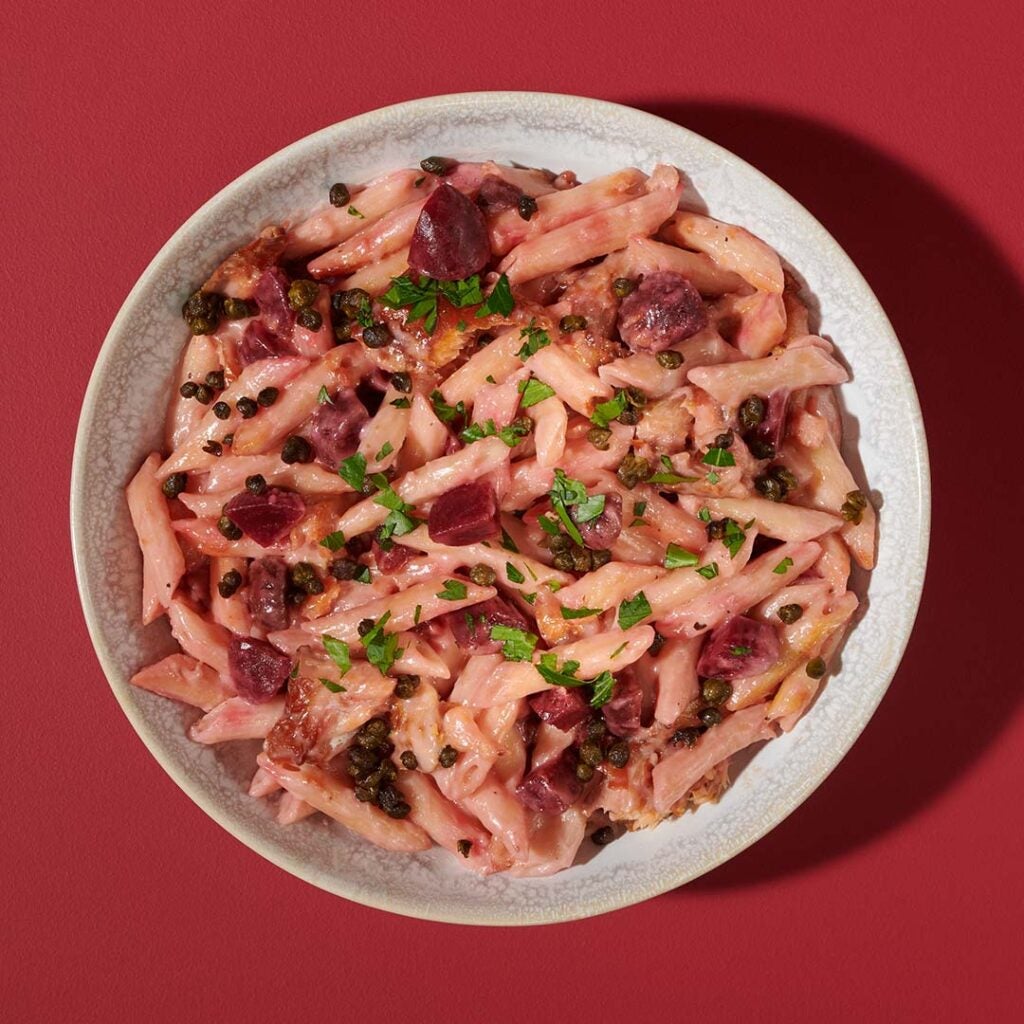Go ahead and serve up that perfectly-trimmed pork belly, crosshatch-scored, seasoned with coriander and peppers, then roasted to a crisp-tender perfection one day and do it all over again the next – even without your chef on duty.
Thanks to sous vide and plus-one products, it’s entirely possible.
It’s no secret that labor struggles continue to plague the restaurant industry. To help operators overcome turnover, worker shortages, and higher wages, culinary specialists at Gordon Food Service® recommend products known for their quality, consistency, and simplicity.
“The companies that do sous-vide have really stepped up their game in the past few years,” said Montreal-based Paul-Andre Miron Piche. “It fits with the ‘less-is-more,’ uncomplicated plating that lets the product speak for itself.”

What’s sous-vide and how can it help?
Sous vide is the technique of cooking vacuum-packed food in a water bath. It’s said to be the only cooking method with the ability to cook food to a very precise desired temperature. Combine that with precooked foods enhanced by a sauce, glaze, or additional ingredient, and operators can reduce prep time and simplify execution.
“It allows time for creativity in other areas that enhance the guest experience,” said Kevin Green.
In the Detroit area, he sees sous-vide and plus-ones used everywhere from bar-and-grill to high-end restaurants. Chef-quality proteins can be reheated, sliced, diced, roasted, braised, and enhanced with other flavors.
“The labor savings are huge, and products can be used for breakfast, lunch, or dinner,” he said.
Menu Versatility Shines
There are at least six sous-vide proteins and nearly 30 plus-one products available, Green says.
Chicken carnitas or beef barbacoa, for example, can be used in an upscale omelet, a taco, a sandwich, or as an ingredient in a mac and cheese bowl or veg-centric entrée.
Products like pulled pork, pork belly, and brisket, or plus-ones like self-saucing pork shank and short ribs with demi-glace not only save operators time, but they reduce waste with 100 percent yield.
“Foodservice and manufacturing have really come a long way to create products that are really good and tasty and cut out a lot of labor,” said Houston-based Erin Copeland. “I also think operators have to look at ways to consolidate their menu so they aren’t bleeding their kitchen. You can still make great food with a small list of ingredients and good cross-utilization.”
































